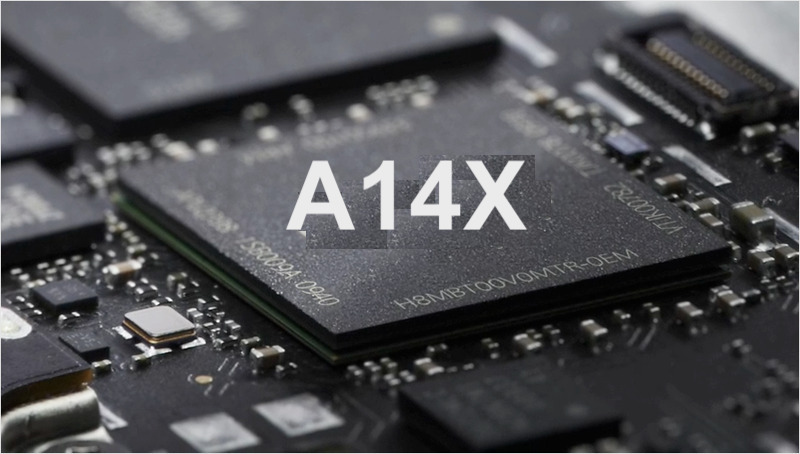A14 benchmarks show Apple’s put the pedal to the Metal

A very poorly mocked up A14X chip image
Another set of speed benchmarks claiming to represent the potential of the A14 processor have slipped out, and they suggest we may be getting a little more than people thought.
Pedal to the Metal
The benchmarks (unsurprisingly) show that the A14 Bionic GPU beats the A12Z Bionic and that the SoC is 72% faster than the older processor.
This follows a previous set of claims that the chip wouldn’t be too much faster than the A13, which was never likely to be the case.
The new results show that the Metal scores of the A14 Bionic are significantly better.
- A14 Bionic (iPad Air 4): 12,571
- A12Z Bionic (2020 iPad Pro): 11,665
- A12X Bionic (2018 iPad Pro): 10,860
- A13 Bionic (iPhone 11): 7,308
- A12 Bionic (iPad Air 3): 5,242
Now, think about this.
Why has Apple focused on graphic performance in this upgrade?
More particularly, what significance might that have on the rest of its range, particularly around Apple Arcade, TV+ and its unfolding adventures in AR? Or, indeed, its platform foundations in which it provides tools for creatives?
I think we’re going to find out soon.
Particularly, as Apple is rumored to be about to put these inside at least some models of Apple TV.
Why?
One more thing
This is also interesting in comparison to similar speed benchmarks for the 2019 MacBook Pro, as LoopInsight points out.
A14 Bionic
- 1583 Single-Core Score
- 4198 Multi-Core Score
16″ ’19 MBP
- 928 Single-Core Score
- 5934 Multi-Core Score
(Though as an 8-core device it’s arguable the MBP delivers more actual compute power).
There’s some unexplored upside to these chips, methinks.
Please follow me on Twitter, or join me in the AppleHolic’s bar & grill and Apple Discussions groups on MeWe.




